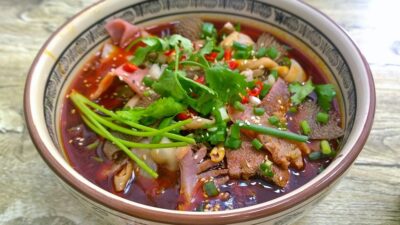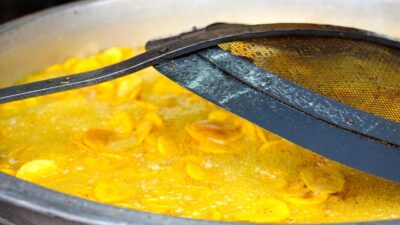When it comes to preparing vegetables, grains, and even meats, two cooking methods often take center stage: steaming and boiling. Each method has its own set of advantages and disadvantages, as well as unique effects on flavor, texture, and nutritional value. This article explores both techniques and offers insights into which method might be best suited for your culinary needs.
The Basics: What Are Steaming and Boiling?
Boiling
Boiling involves immersing food in water or broth at a high temperature (around 212°F or 100°C at sea level). This method is straightforward and commonly used for pasta, rice, and various vegetables. The food cooks quickly, and flavors can sometimes be enhanced through the addition of seasonings to the water.
Steaming
Steaming, on the other hand, uses vaporized water to cook food, typically through a perforated basket or a specialized steamer pot. The temperature of the steam is also around 212°F (100°C), but the food does not come into direct contact with the boiling water. This method is particularly favored for its ability to retain moisture and nutrients.
Nutritional Comparison
One of the most significant advantages of steaming over boiling is the preservation of nutrients. Water-soluble vitamins, such as vitamin C and many B vitamins, are prone to leaching out of food during boiling. When vegetables are boiled, a significant amount of their nutritional value can be lost, especially if the cooking water is discarded.
In contrast, steaming minimizes nutrient loss. Since the food is not submerged in water, fewer vitamins are lost to leaching, making steaming an optimal method for health-conscious cooks. Research has shown that steaming can preserve the colors, flavors, and textures of vegetables, making them more appealing and nutritious.
Flavor and Texture
When it comes to flavor, boiling can sometimes enhance certain foods, particularly starchy grains like potatoes or pasta, which absorb flavors from the cooking water. However, overcooking can lead to mushy textures and diminished flavors.
Steaming tends to retain the natural flavors and textures of foods. Vegetables cooked via steaming often have a crisp-tender consistency and vivid colors, which can be visually appealing on the plate. This method is particularly effective for delicate foods that can easily become overcooked when boiled.
Versatility and Ease of Use
Both methods have their place in the kitchen. Boiling is often faster and more straightforward for larger batches. It’s an excellent method for cooking grains and legumes, allowing for easy preparation of large meals. Similarly, boiling is ideal for foods that can soak up flavors from other ingredients, such as soups and stews.
Steaming, while a bit more specialized, can be incredibly versatile. Beyond vegetables, it can be used for dumplings, seafood, and even desserts like puddings or custards. Various steaming gadgets—from simple pots to electric steamers—make it easy to utilize this method, though it may require a bit more attention to timing than boiling.
Environmental Considerations
As the world increasingly moves toward sustainable cooking methods, it’s worth considering the environmental impact of each technique. Boiling often requires more water, particularly if the water needs to be replaced frequently or if reboiling is necessary. Steaming, generally, uses less water and may even require less energy, depending on the appliance used.
Conclusion: Which Method Reigns Supreme?
Ultimately, the choice between steaming and boiling depends on your culinary goals. For preserving nutrients and enhancing flavor, steaming tends to be the superior method, particularly for vegetables and delicate foods. However, boiling remains invaluable for certain dishes and cooking techniques.
For a well-rounded culinary repertoire, it pays to master both methods. By knowing when to steam and when to boil, home cooks can elevate their dishes while adhering to nutritional standards. So, whether you’re making a hearty pasta dish or aiming for crisp, vibrant veggies, both methods will offer something unique to your cooking techniques—just choose wisely according to your needs!



